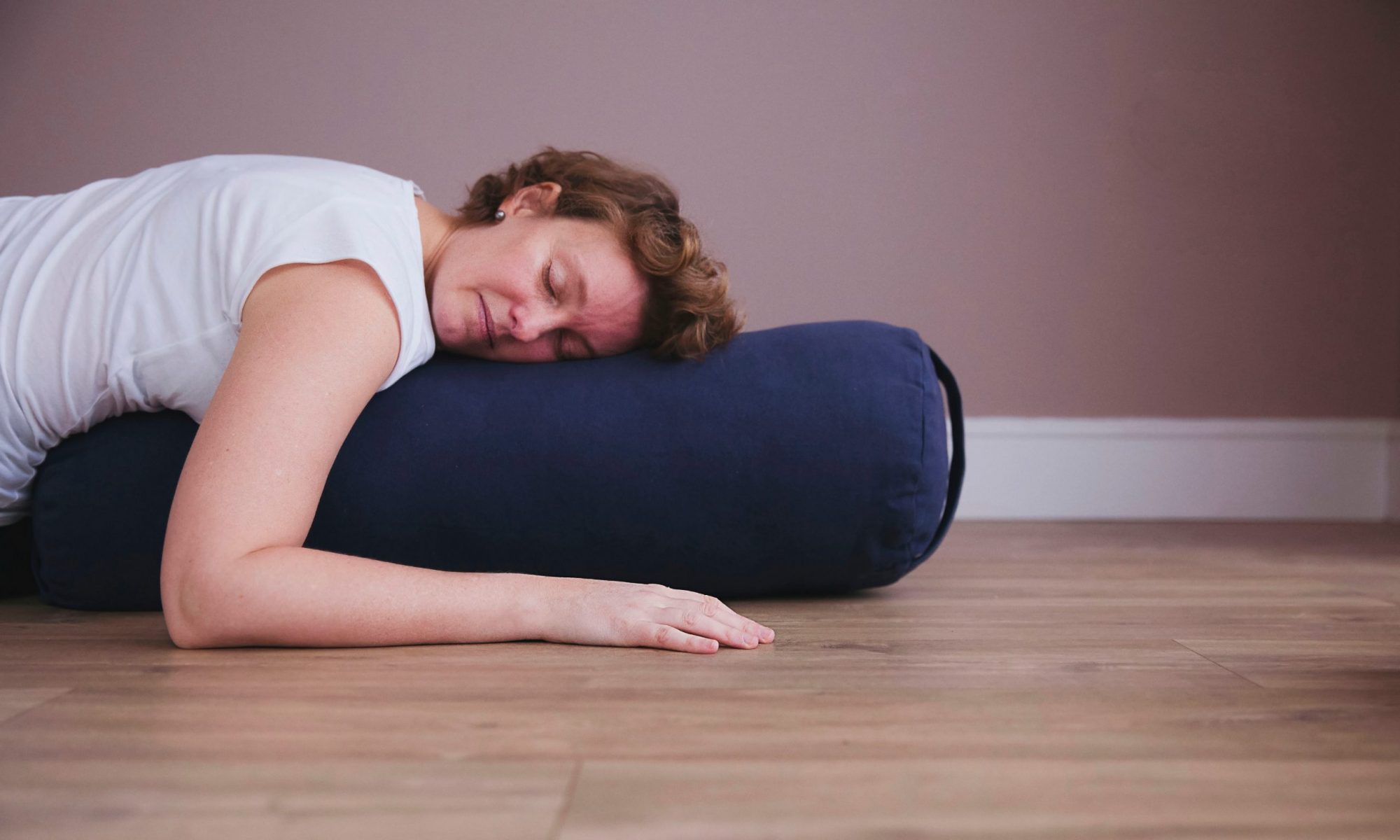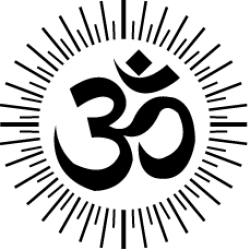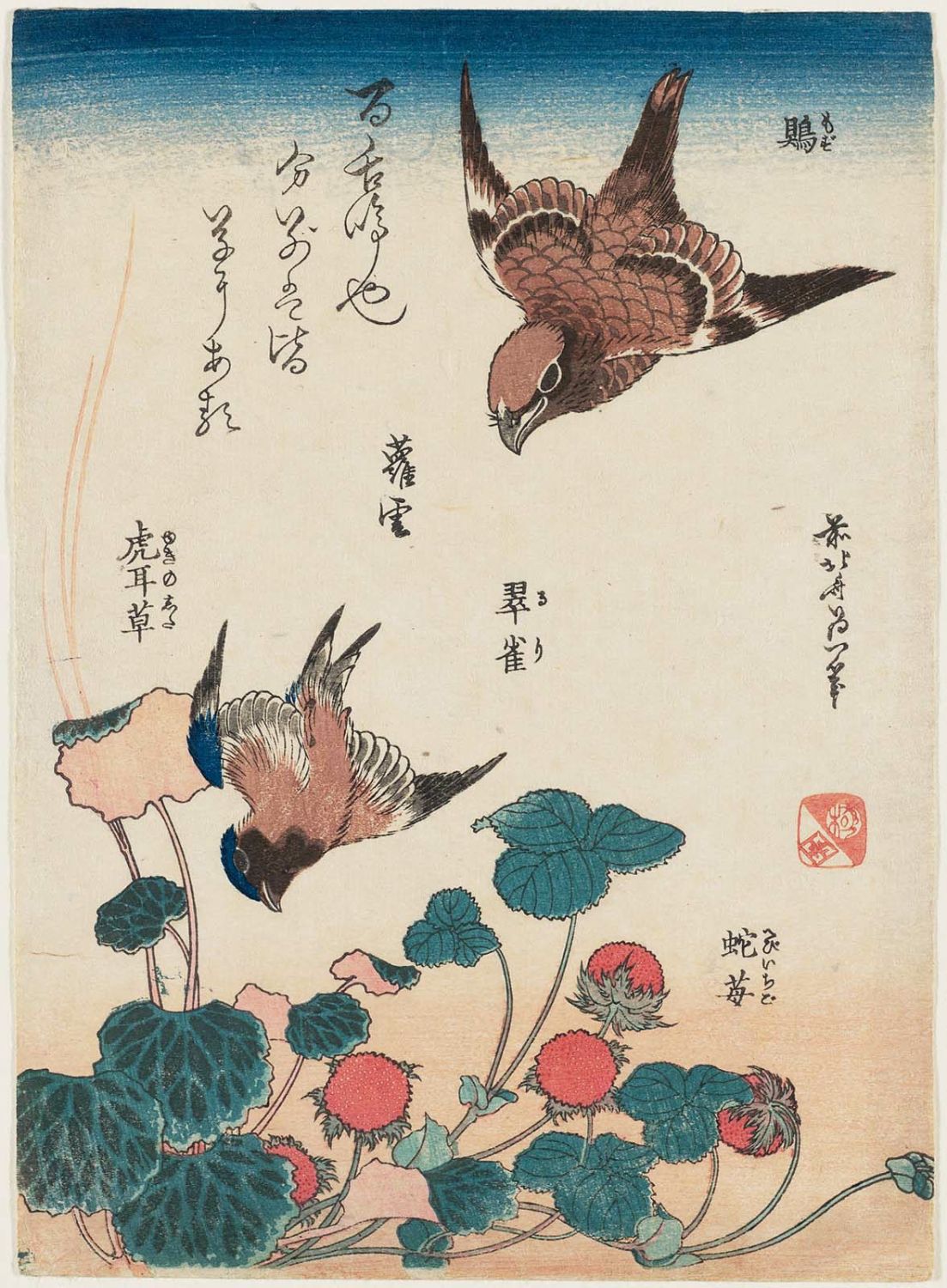Last Monday morning I threw up shortly before leaving the house to go and teach. At 24 weeks pregnant, I haven’t totally put aside the sickness I had earlier, but it’s much better than it was. The tiredness remains and I need a daily nap.
I arrived at the venue feeling less than great and tried to start preparing the room for class around groups of mums and toddlers glued to the floor chatting at the end of their children’s weekly dance class. I found myself sweeping grass and mud that had come loose from one toddler’s shoes. An awkward conversation with the dance class teacher followed.
As my students settled into the space and found their breath, I sat at the front of the room preoccupied. Is this all really worth it? Why am I doing this?
And then it was a lovely class. Two women had come for the first time, new to yoga, and their smiles and kind words at the end provided answers to my ponderings.
The future of my weekly classes
But having spent time this week thinking things through, I have decided to stop teaching my weekly classes at the end of this month, coinciding with the start of my third trimester.
It hasn’t been an easy decision. I’ve been teaching for over six years now, firstly in London and then locally in Hertfordshire for almost three years. It takes time to build classes and reputation and I am attached to all my students. I love teaching you. I feel a duty of care towards you. I enjoy hearing about your daily lives. But I need to let go. I need to make space for the next phase of my life.
At the end of Monday’s class, one of you said to me that I shouldn’t continue teaching on your account. I know this is true.
I had previously thought I’d take a maternity break but I’ve decided to wholeheartedly hand the classes over to another teacher. I don’t want the pressure of thinking that I need to get back to teaching every week after x number of months. I know I’ll come back – but in what form and where – who knows?
Yoga teaching is what I know. I know what I’m doing. It’s safe. But caring for a baby human? Many of you have told me how wonderful motherhood is, and I can try my best to be prepared, but it really is totally unchartered water. I need to accept that my future life will be very different. I need to make space to prepare and focus on my own practice.
My teacher Norman Blair talks about how we must stay at our ‘growing edge’: if we’re behind our edge, we get bored. Things are predictable and comfortable. Go beyond our edge, and we panic and become fearful as we’re way out of our depth. We need to stay at this edge in order to grow as a person. We need new experiences and challenges to push ourselves. Hello motherhood!
Teaching/class plans post October 2016

The lovely Niki Clark will take over teaching the Monday and Thursday morning classes from 31 October onwards. I know you’ll be in safe hands. I will no longer teach the Tuesday Mysore Ashtanga class fortnightly. April will go back to teaching this weekly and has her own plans for this class.
I will however continue teaching my yin workshops at BAYoga in Berkhamsted for the rest of the year (Saturday 5 November and 3 December) and you are very welcome to book a place. April will cover the yin workshops at BAYoga from January – May 2017 and I plan to resume teaching these from June onwards (fingers crossed).
April and I will continue to send our email newsletter so please look out for this for updates. If you don’t receive this and you’d like to, email April.
We will go for a cuppa after my final classes on Monday 24 October and Thursday 27 October so please feel free to come along if you’re local and available.
Thank you to everyone who’s come to class over the past few years and let’s just simply be open to what the future holds.
The Open Door by Danna Faulds
A door opens. Maybe I’ve been standing here shuffling my weight from foot to foot for decades, or maybe I only knocked once. In truth, it doesn’t matter. A door opens and I walk through without a backward glance. This is it, then, one moment of truth in a lifetime of truth; a choice made, a path taken, the gravitational pull of Spirit too compelling to ignore any longer. I am received by something far too vast to see. It has roots in antiquity but speaks clearly in the present tense. “Be,” the vastness says. “Be without adverbs, descriptors, or qualities. Be so alive that awareness bares itself uncloaked and unadorned. Then go forth to give what you alone can give, awake to love and suffering, unburdened by the weight of expectations. Go forth to see and be seen, blossoming, always blossoming into your magnificence.”




